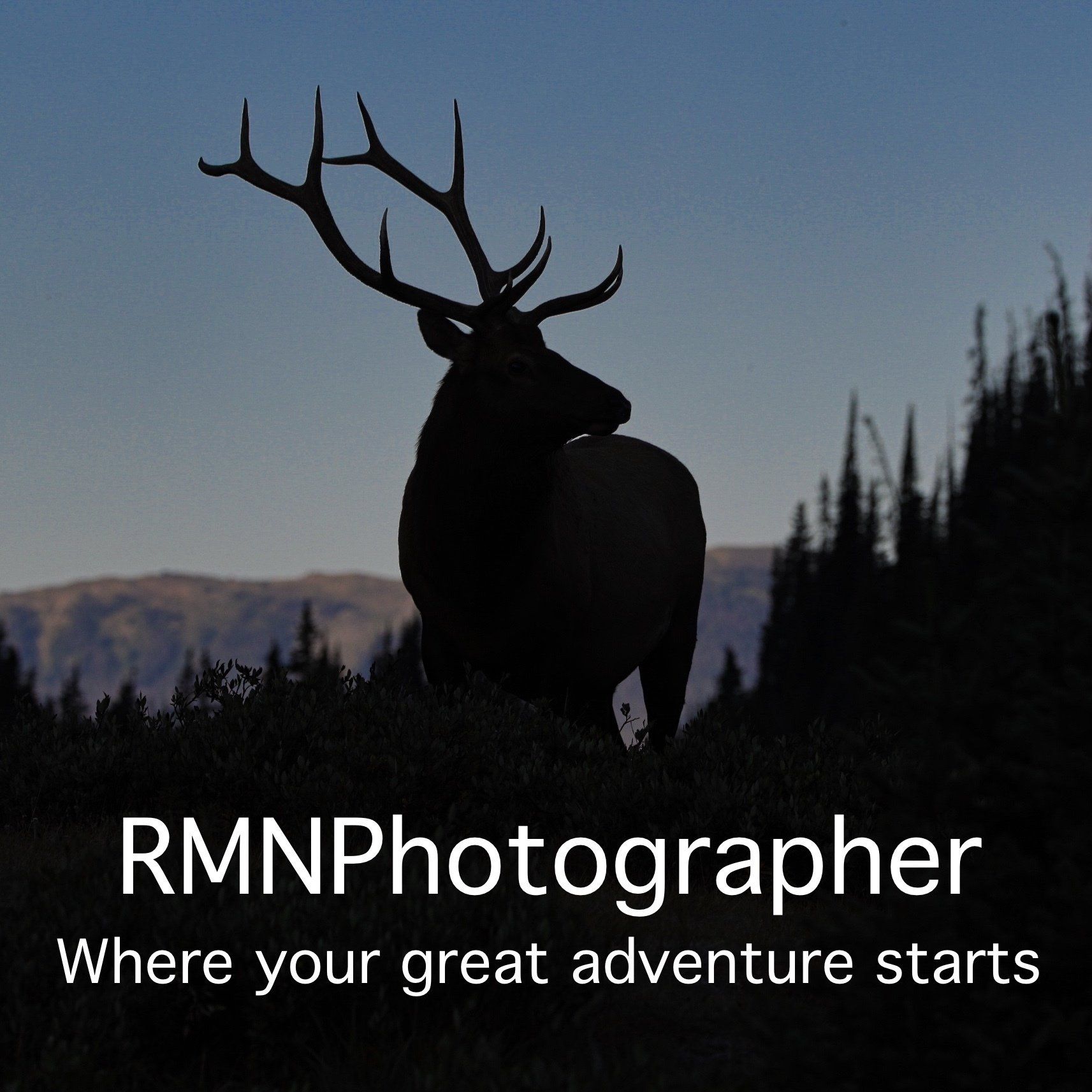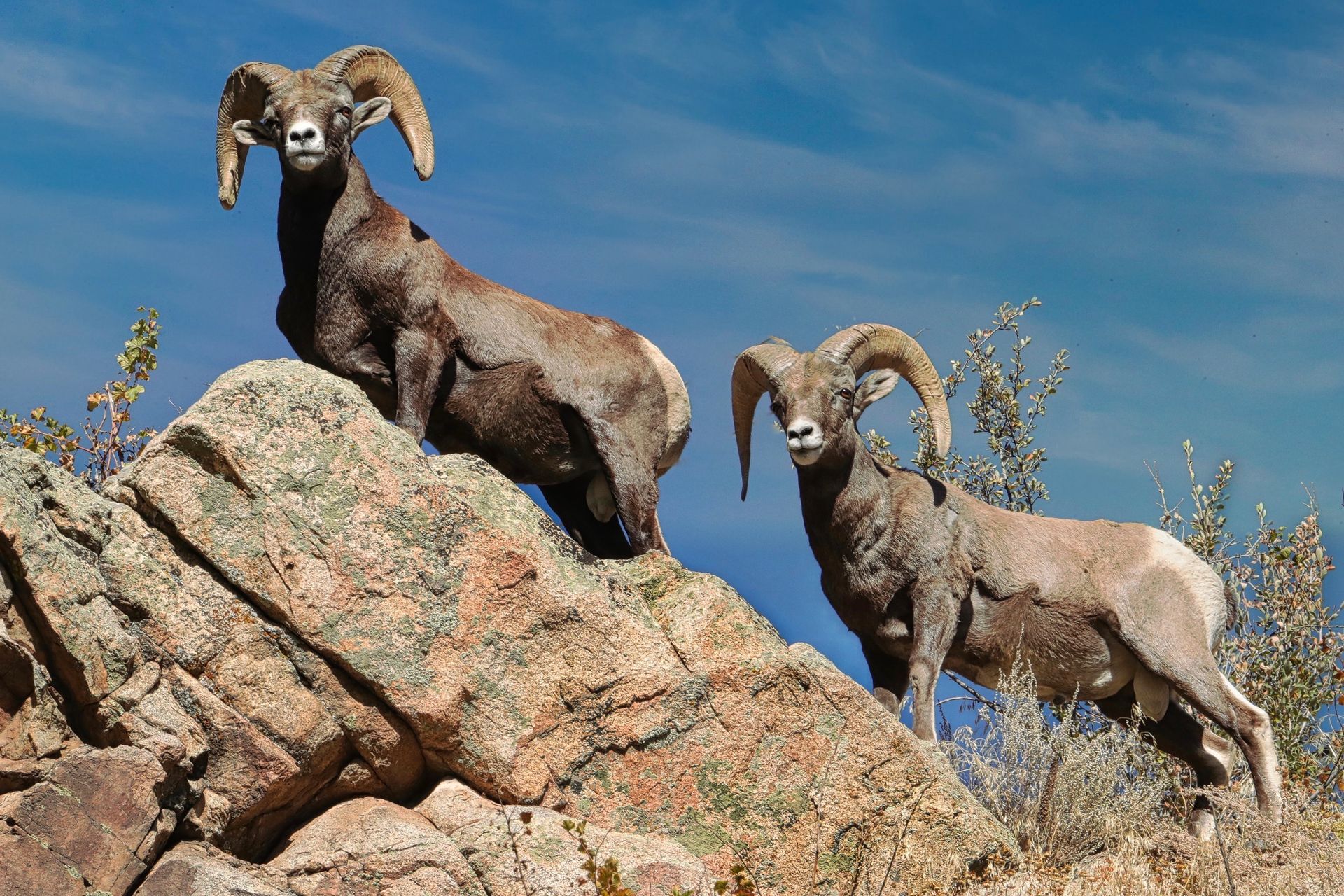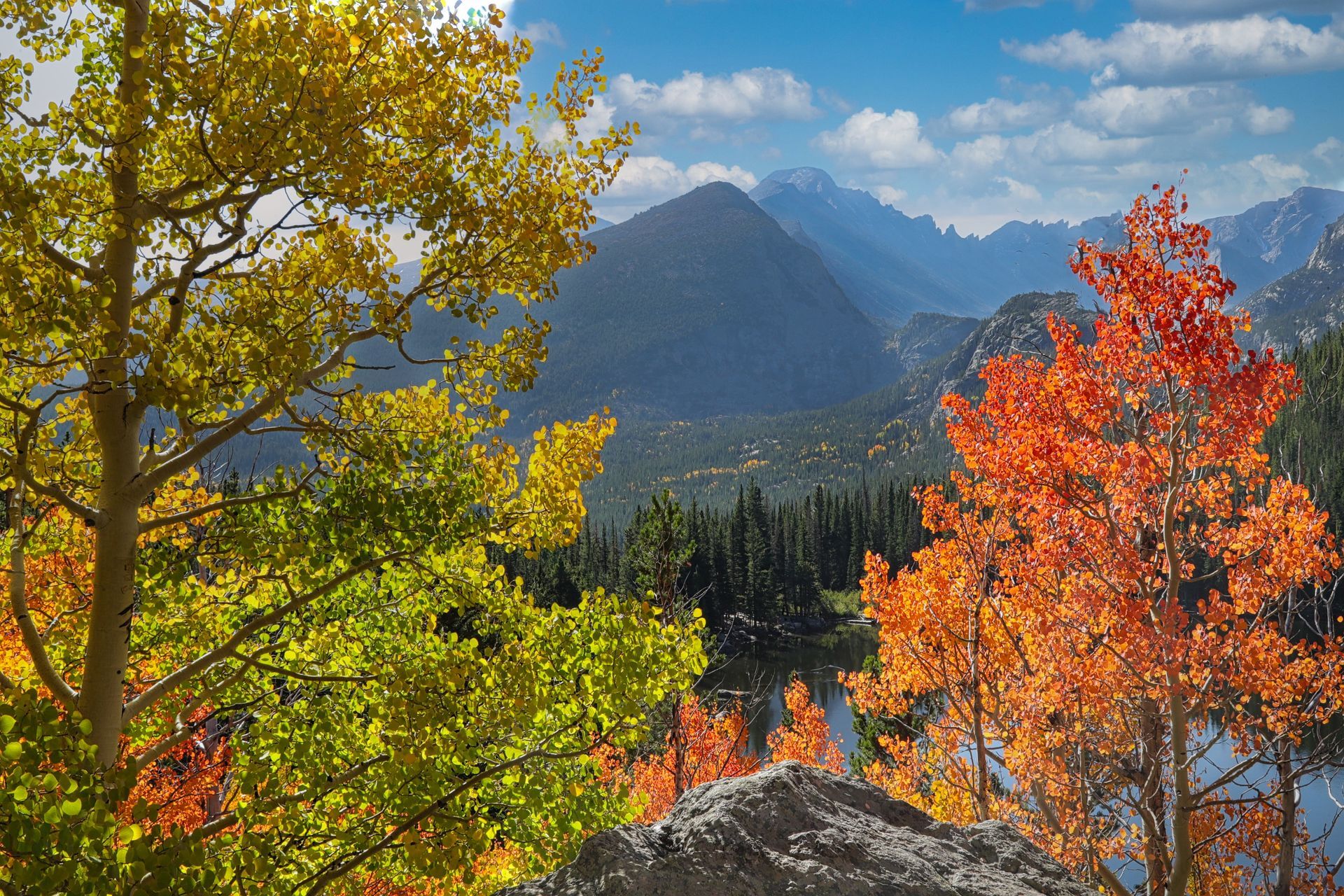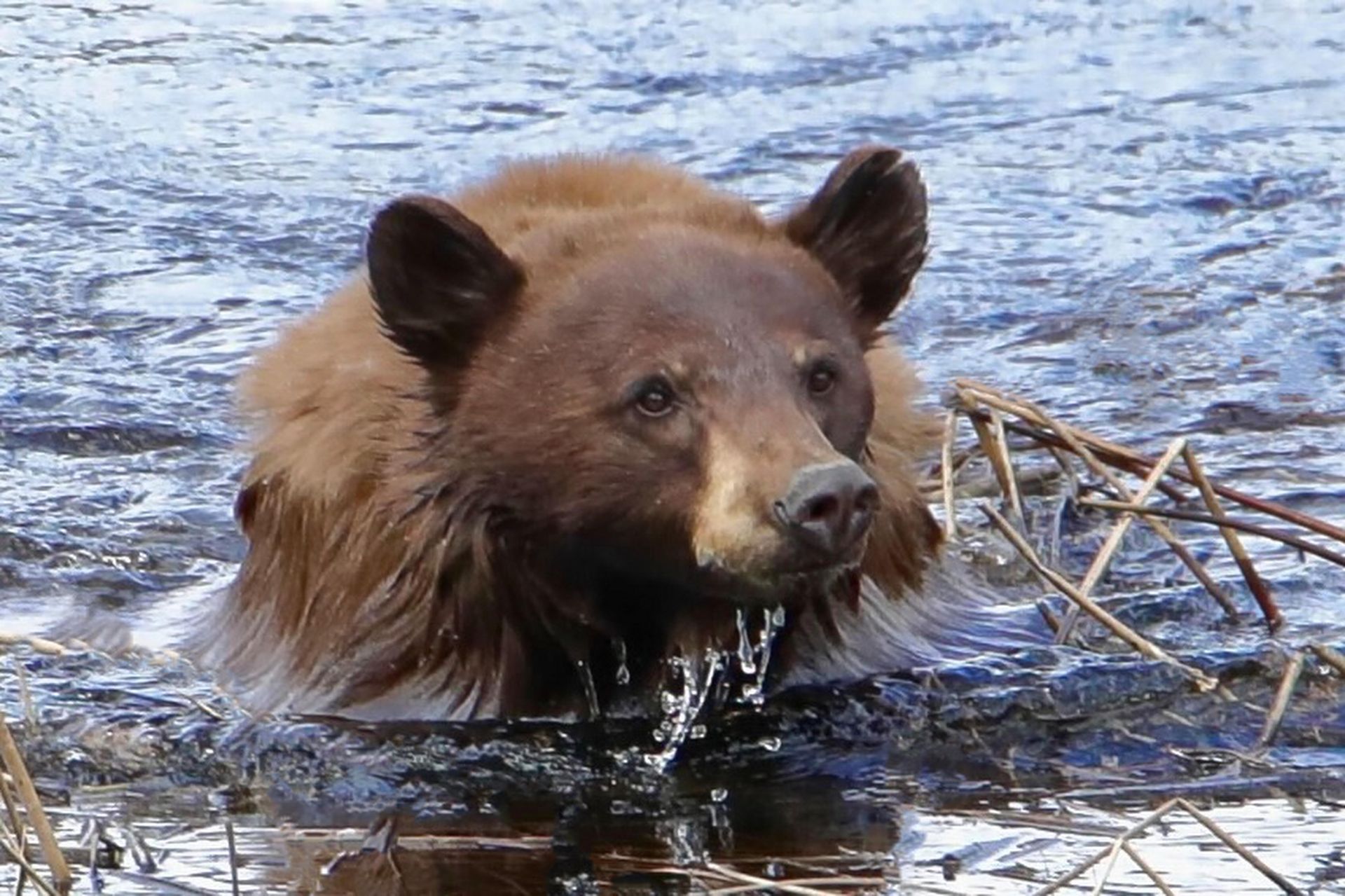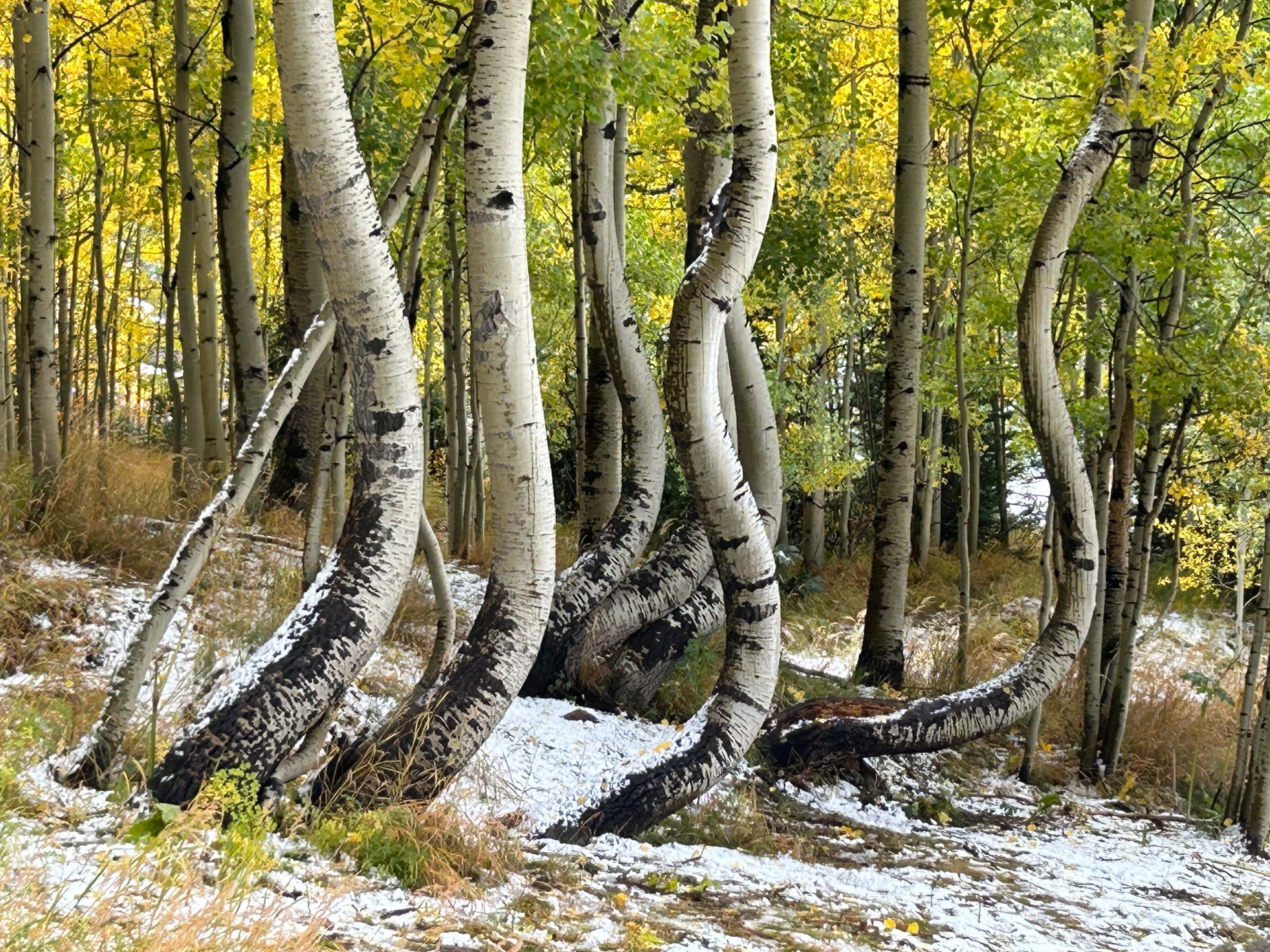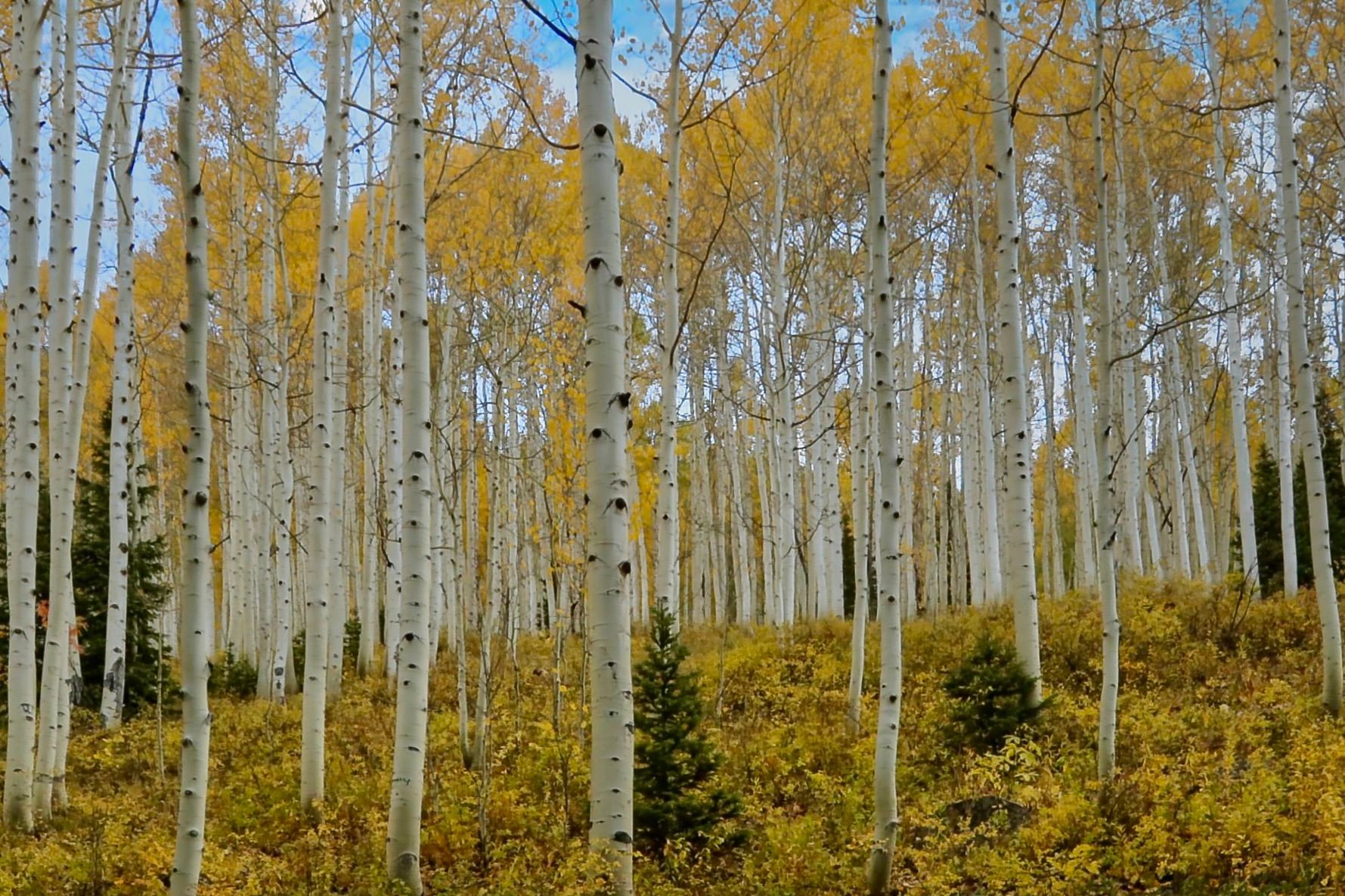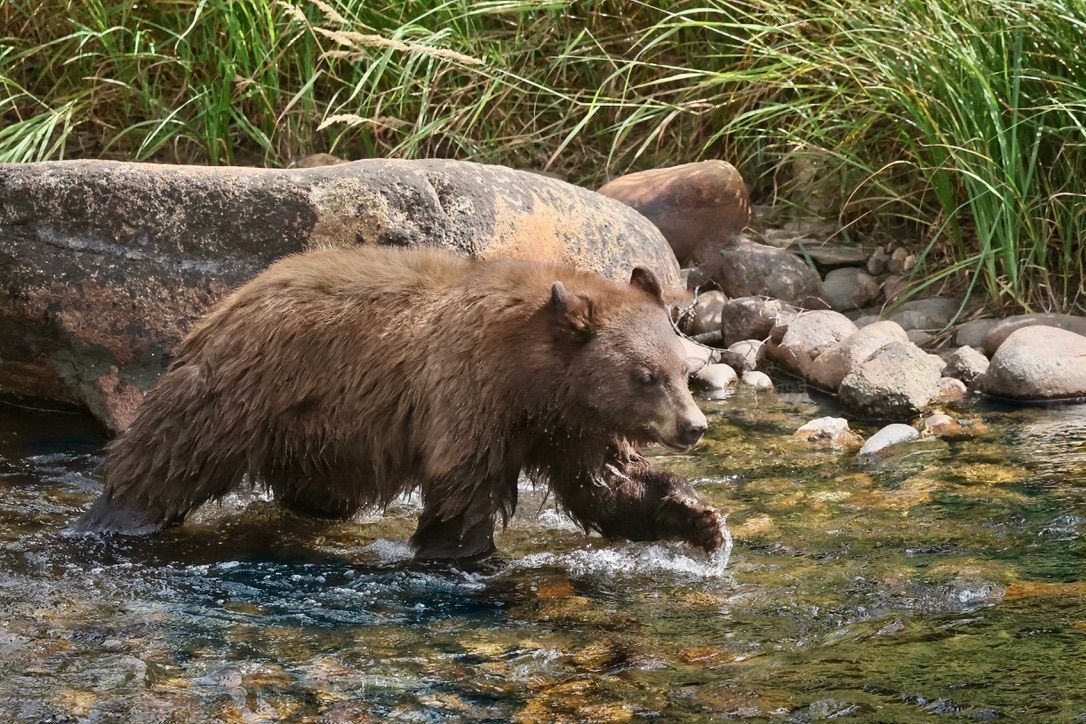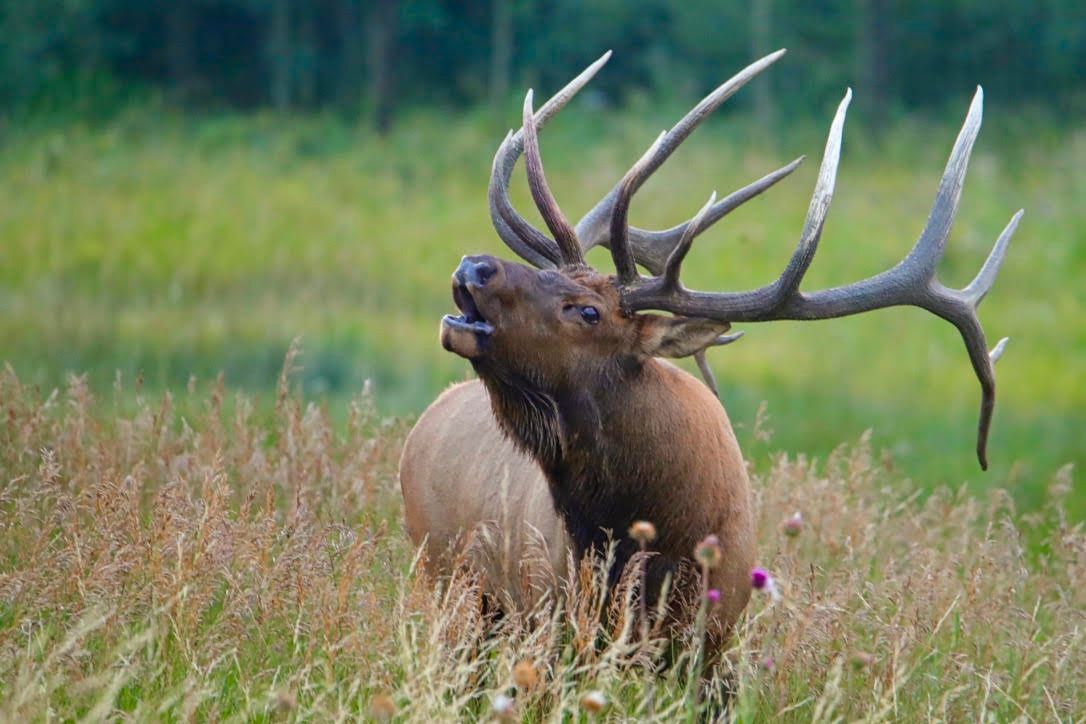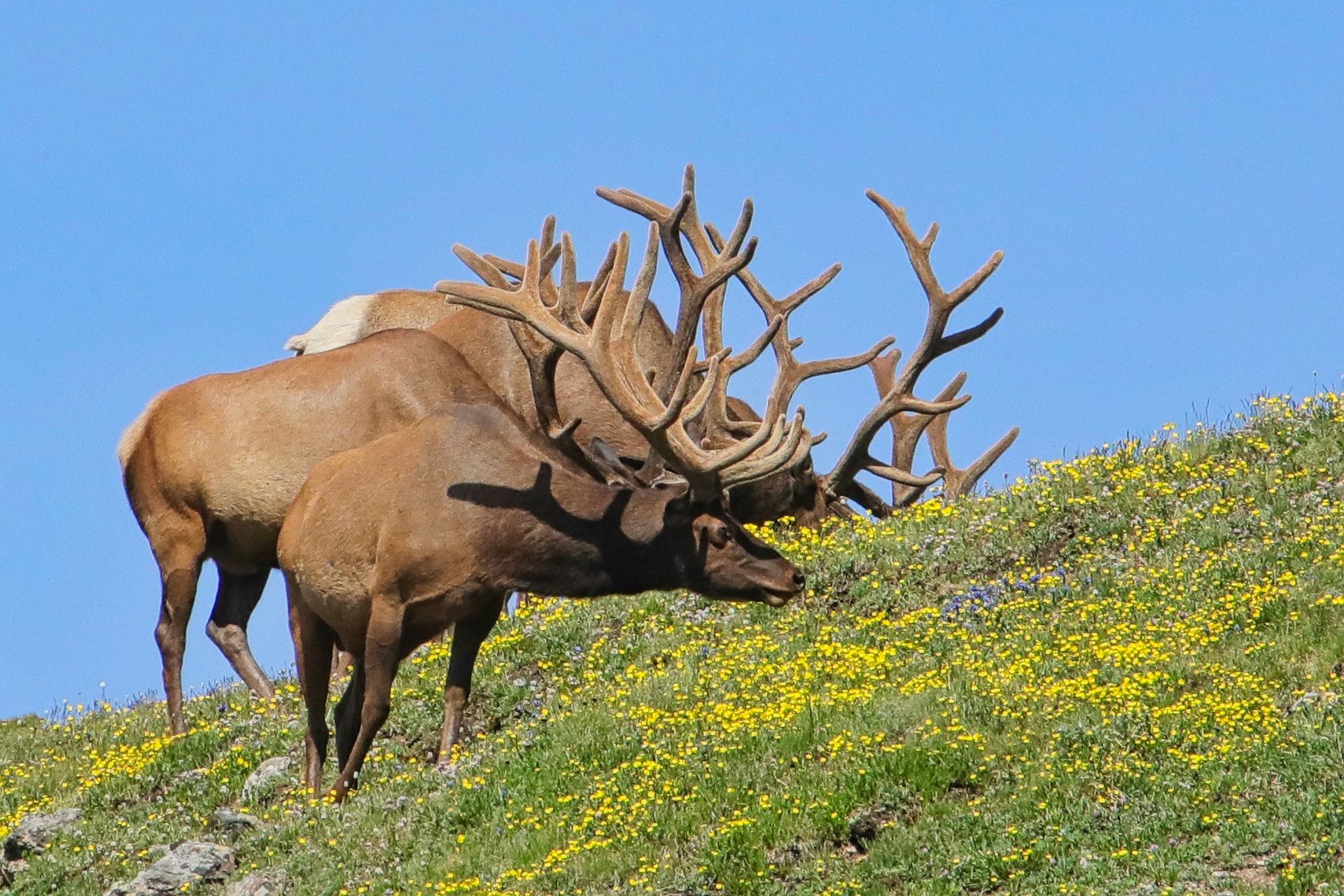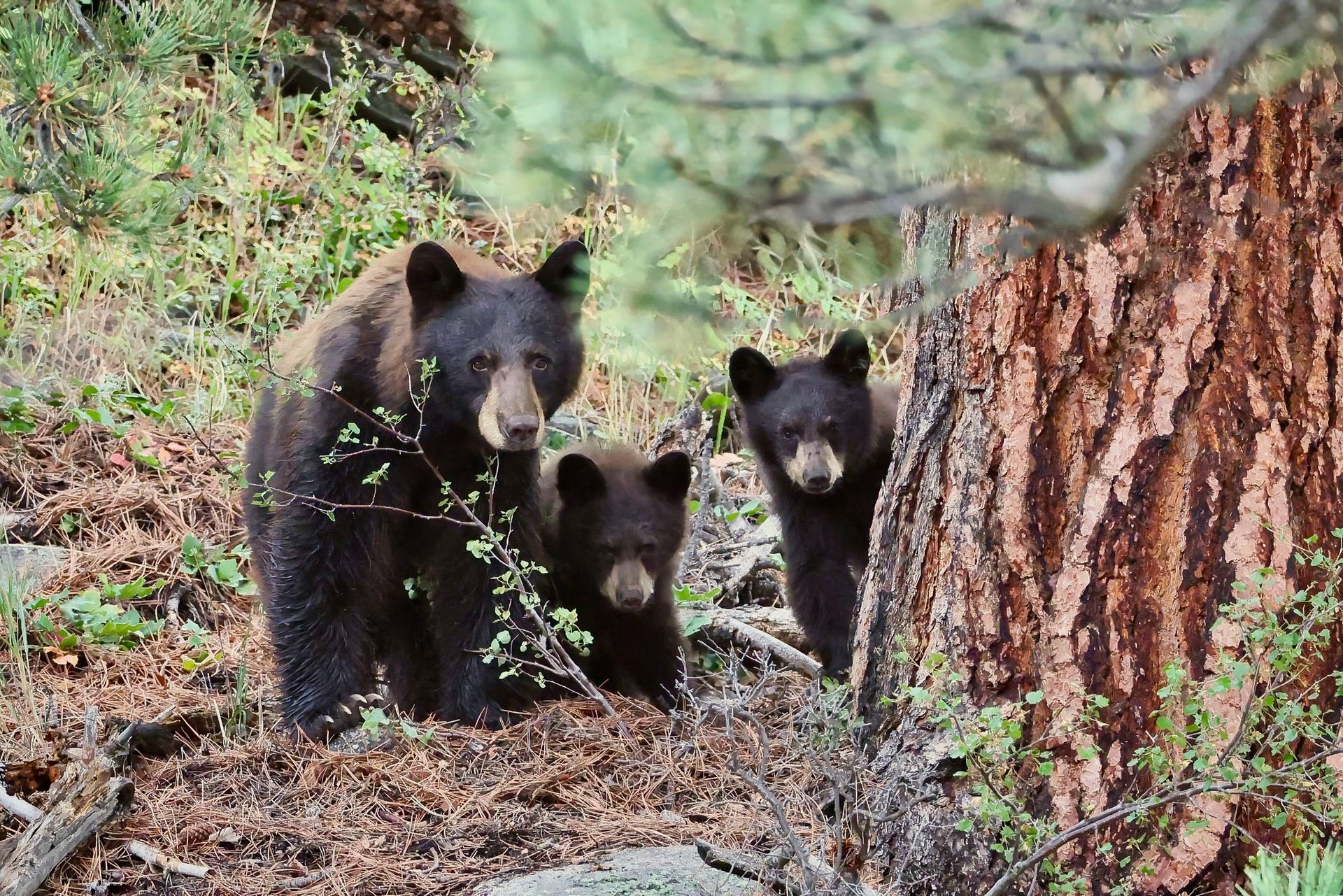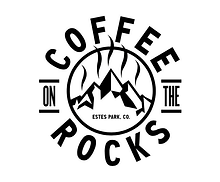The Wild Horse Refuge
Horses Roam Free With Their Wild Spirit Restored
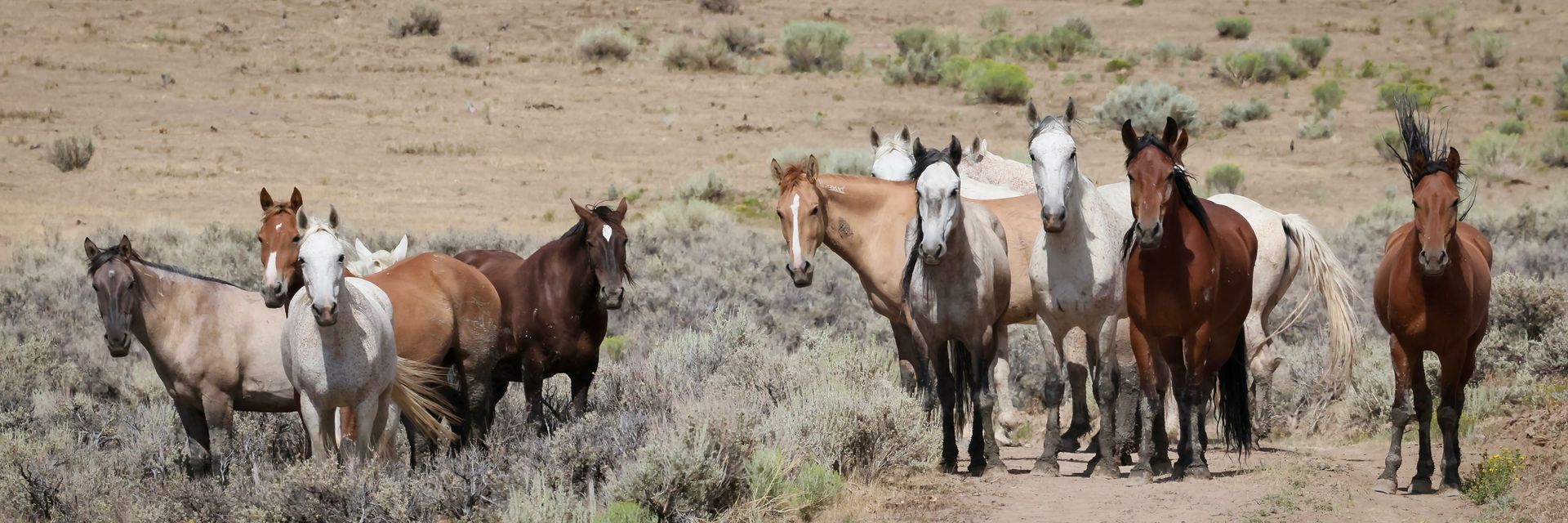
The Wild Horse Refuge was born out of necessity and compassion.
In 2020, I first visited Sand Wash Basin, 45 miles west of Craig near Maybell, CO. I knew little of the wild horses roaming there, but my curiosity peaked. As a young boy, I’d watched Little Joe of Bonanza TV fame ride his paint horse named Cochise, a black and white pinto. From there, the romantic idea of wild horses running free in the old west had intrigued me.
I will never forget that first visit to Sand Wash Basin. My initial sighting of a nearly white horse rolling on the ground, dust flying until the powerful horse was lost from sight. When the dust cleared, the muscular animal lumbered up, shaking the remaining dust away. He then fell into line behind a group of five horses in a cavalcade moving toward a nearby watering hole. It was a beautiful experience right out of the old west.
Then, in 2021, for a variety of reasons including environmental and managing herd size, the Bureau of Land Management, which manages the herd, gathered 684 horses to sell. This put the remaining wild horses within the Appropriate Management Level (AML) for the Horse Management Area (HMA) between 163 and 362 wild horses. (Bureau of Land Management)
The horses from this gathering were made available for adoption, losing their freedom as wild mustangs. Pat Craig, founder of The Wild Animal Sanctuary in Keenesburg, CO, would not have this. Thus, The Wild Horse Refuge was born out of necessity and compassion established as the largest mustang sanctuary in the United States. Currently, it supports over 200 wild horses with the potential for many more.
The Wild Horse Refuge is a private, non-profit sanctuary on 30,000 acres located 30 miles east of Sand Wash Basin. It is entirely for rescued mustangs that were removed from Colorado Herd Management Areas. Today, on the refuge the horses roam free with their wild spirit restored. (wildhorserefuge.org)
Recently, on a trip to Sand Wash Basin to photograph the wild mustangs, I scheduled a tour of The Wild Horse Refuge. Greeted by Scott Beckstead, Chief Equine Programs Director, I was immediately struck by his caring commitment to the wild mustangs. With a background in law and a former commissioner on the Oregon Racing Commission, he explained to me, “I’m an equine guy.”
We hopped in his vehicle and headed down a road or path or historic covered wagon trail. It was hard to tell what to call the driving conditions of the “new” old west. Along the way we scared up several sage grouse, watched a dynamic golden eagle take flight, and Scott pointed out the collapsing remains of a one-room schoolhouse sitting on a remote hilltop.
The first horse band we encountered was Pinyon’s, a gorgeous pinto gelding with a white and sorrel pattern. Typically, the lead horse, sometimes stallions but most often mares, guides the group in making decisions about when to move and where to graze. From the vehicle, I worked to capture images as the horses looked our way in curiosity.
Continuing to follow the trail, sagebrush surrounded us and filled in between the ruts. We came upon a dried water hole surrounded by Miranda’s band. Different, beautiful colored horses of gray, sorrel, black, and pintos with color patterns stood in the heat. Scott said out loud, “It’s been so dry this summer.” He lifted his phone and sent a message to have a water truck ready when he returned. He would not let them be without water.
Driving on, we suddenly came upon a group of gray horses, nearly white, with one sorrel and a black marching in a cavalcade. Scott explained that based on genetic analysis, the horse's similarity was closest to Iberian Spanish breeds, some carrying a gene for lighter coat colors like palomino or cremello. “They are born darker, turning gray then eventually becoming nearly pure white with age.” I reached my camera out the window capturing the line of horses, dust flying from their hooves as they were guided by their leader, Riddler, to a water hole. The images captured were truly magical.
After a bit of a drive into the southern part of the refuge, we spotted a large group of horses off in the distance. Scott thought for a moment before maneuvering down a less traveled path. We found ourselves high on a hill looking down on forty wild mustangs grazing in the valley. Near them on the hillside were nine male horses Scott called, “The naughty nine.” They were all young, bachelor males. It was the old time image of a herd of wild horses ready to break into a gallop over the rugged western prairie.
When we returned to the refuge center, I thought of how time had changed us from rough and rugged to driving in an air conditioned SUV capturing images with a computerized camera. Little Joe would have laughed while riding away in a cloud of dust.
With a warm handshake, Scott thanked me. He had been generous with his time, but a water truck and some thirsty horses awaited. In a moment, he was in the truck and moving out onto the open range.
…out of necessity and compassion.
